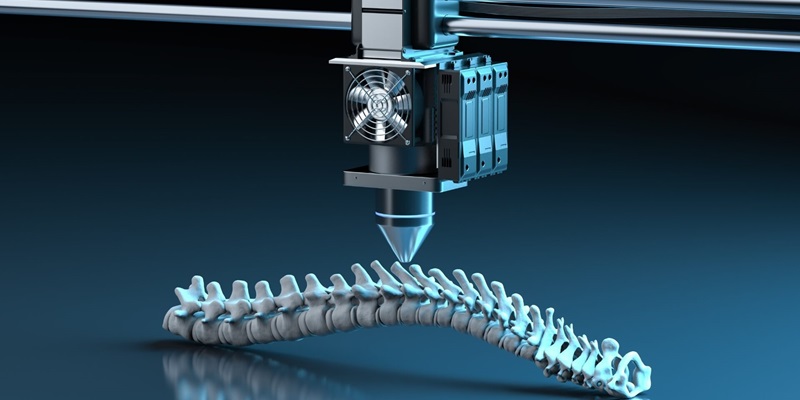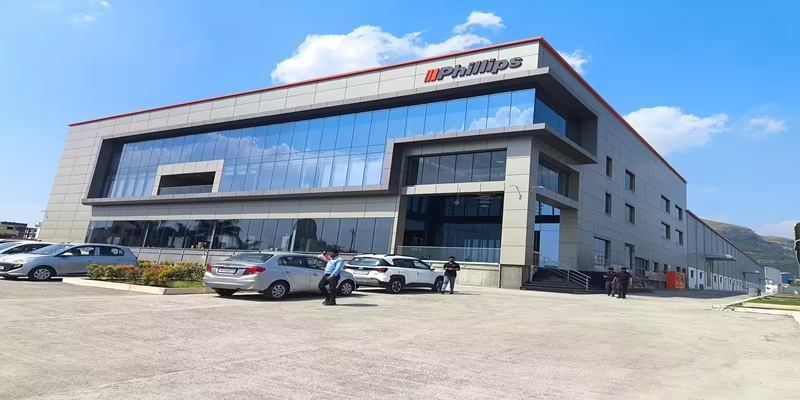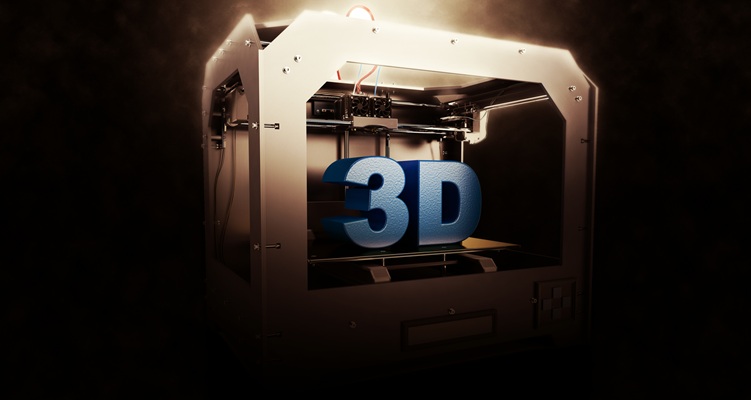Schedule a Call Back
Post-processing brings 3D printed concepts to life
 Articles
Articles- Aug 24,24

- Subtractive
- Additive
- Property-changing
Related Stories

Phillips Opens Expertise Centre in Pune to Boost Manufacturing Innovation
New Chakan facility to promote advanced, smart and sustainable manufacturing
Read more
Rare crystal shapes yield stronger 3D-printed metal parts
Quasicrystals, which were previously considered a myth, are now replicable for large-scale industrial applications. Stakeholders must support investments in 3D printing technologies and continued re..
Read more
How can automation reduce waste in wood manufacturing?
Automation is enabling wood manufacturers to cut waste, improve consistency, and boost productivity by addressing material variability, enhancing finishing processes, and increasing precision in fab..
Read more















